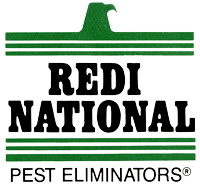What is involved in maintaining termite control after initial treatment?
Termite infestations can pose a significant threat to homes and properties, leading to extensive damage if left unchecked. As homeowners invest time and resources into initial termite treatment, understanding the importance of ongoing termite control is crucial. Maintaining effective termite control after initial treatment not only protects the structural integrity of a home but also…
